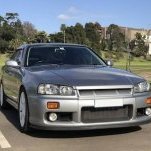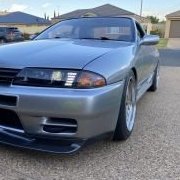Announcements
-
Similar Content
-
Latest Posts
-
The base problem was the turbo actuator arms. I could have just done the turbos but opted to do all supporting hardware at the same time to really future proof the car for me. But yeah, wont be much change from $6k.
-
By Dose Pipe Sutututu · Posted
You can just swap the pins at the CAS connector side. You could go old school and use a test light to see which pin is going back to B1 on your ECU -
maybe another thing for me to try? timestamped (i know its the nz wiring kit, but this is on the haltech software side)
-
Well, I do turn bearing housings, shafts and wheels on special orders, so you can order any wheel sizing preferred. Parts came from every where obviously, came from reconditioning turbos and been shafted, I know exactly where certain manufactures would stuff up. It sounds like I'm just assembling cores, but importance is I get to check if all parts are made to specs, if castings are right, all clearances and runout are right, balanced ok, bearing pack sounds before passing onto clients. Building test cars, doing dyno testing and sponsoring drift cars is all parts of QC, so I get to know how a particular package performs before selling. Yep, its slow and ineffective way of production, but I prefer less headaches.







Recommended Posts
Create an account or sign in to comment
You need to be a member in order to leave a comment
Create an account
Sign up for a new account in our community. It's easy!
Register a new accountSign in
Already have an account? Sign in here.
Sign In Now